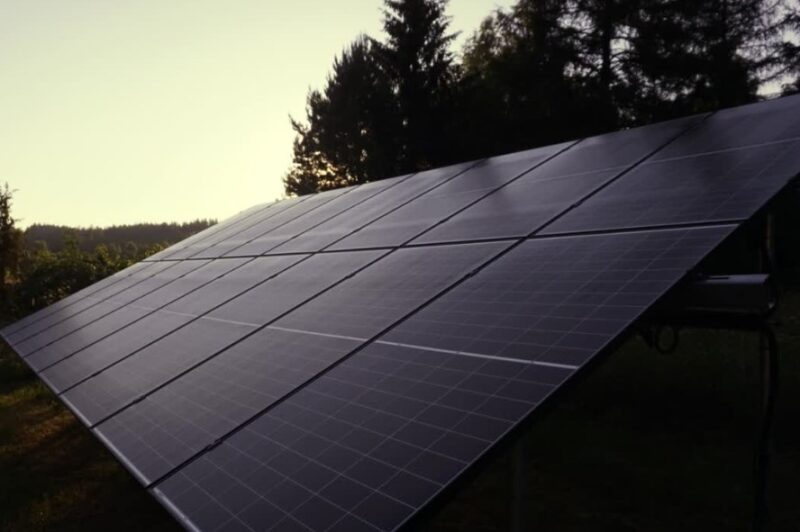Solar energy is undeniably one of the most promising renewable energy sources available today. As we strive for an equitable transition to a decarbonized economy, understanding how to harness this abundant energy becomes crucial.
One of the key aspects of this is determining the number of solar panels required to meet specific energy needs. In this case, we’re looking at a target of 2000 kWh per month.
By accurately calculating this, not only can we ensure a consistent energy supply, but we also contribute to the broader goals of sustainability and reduced carbon footprint. Moreover, ramping up solar panel production and installation has a ripple effect – it promotes job creation, boosts the economy, and reduces our reliance on fossil fuels.
Solar Panel Efficiency
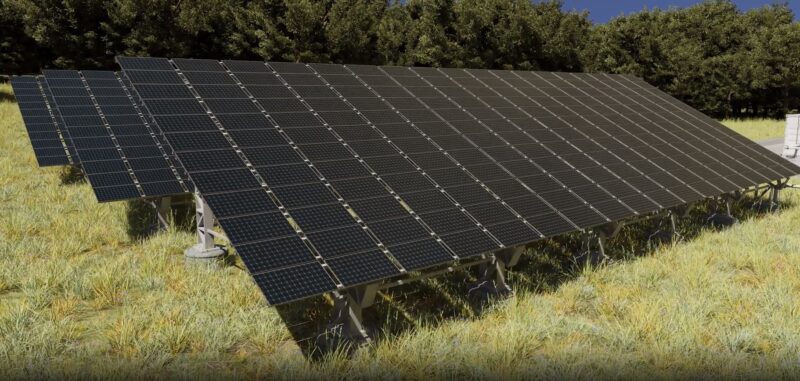
Solar panel efficiency is a measure of how well a solar panel can convert sunlight into electricity. Think of it as the productivity level of your panel. The higher the efficiency, the more electricity you get from the same amount of sunlight.
Now, there are various types of solar panels available in the market, each with an efficiency rating. For instance, monocrystalline panels are known for their high efficiency but might be pricier.
Conversely, polycrystalline panels might be more affordable but slightly less efficient. It’s essential to weigh these factors and choose panels that align with your energy needs and budget.
| Type of Solar Panel | Average Efficiency Rating |
| Monocrystalline | 15-20% |
| Polycrystalline | 13-16% |
| Thin-Film | 10-12% |
Solar Panel Rating
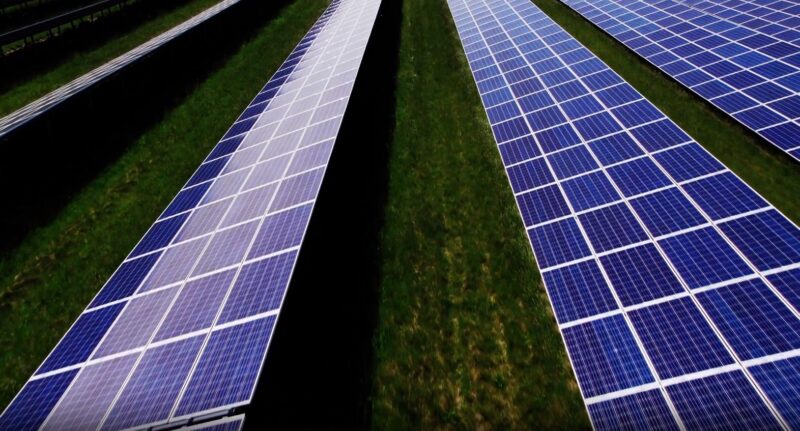
When we talk about solar panels, it’s not just about their efficiency. Another crucial aspect to consider is the panel’s rated capacity. This is typically measured in watts (W) or kilowatts (kW) and indicates the maximum power a panel can produce under ideal conditions. Knowing this rating is essential because it helps you understand how many panels you might need to meet your energy goals.
For instance, if you have a panel rated at 300W, and you get an average of 5 hours of peak sunlight daily, that panel would produce 1.5 kWh per day. Over a month, this would amount to 45 kWh. Now, if your goal is 2000 kWh, you can see how many such panels you’d need.
But where can you find this rating? Usually, it’s mentioned on the back of the solar panel. Alternatively, if you have a solar inverter, it might also display the combined capacity of all your panels. If you’re unsure, it’s always a good idea to consult the product manual or the manufacturer’s website.
Estimating Solar Panel Output
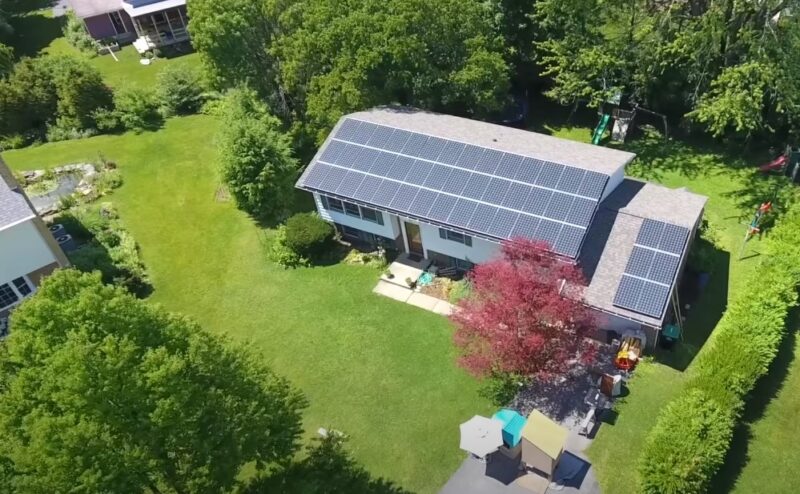
To achieve a monthly output of 2000 kWh, you’ll need to break it down to daily requirements. That would be roughly 66.67 kWh per day. But remember, solar energy production isn’t consistent throughout the month. Factors like solar irradiance (the amount of sunlight hitting your panels) and seasonal changes can influence the daily output.
For instance, during summer, with longer days and higher solar irradiance, your panels produce more energy. Conversely, in winter, the output might be lower. It’s essential to factor in these variations when estimating the number of panels you need.
Panel Orientation and Tilt
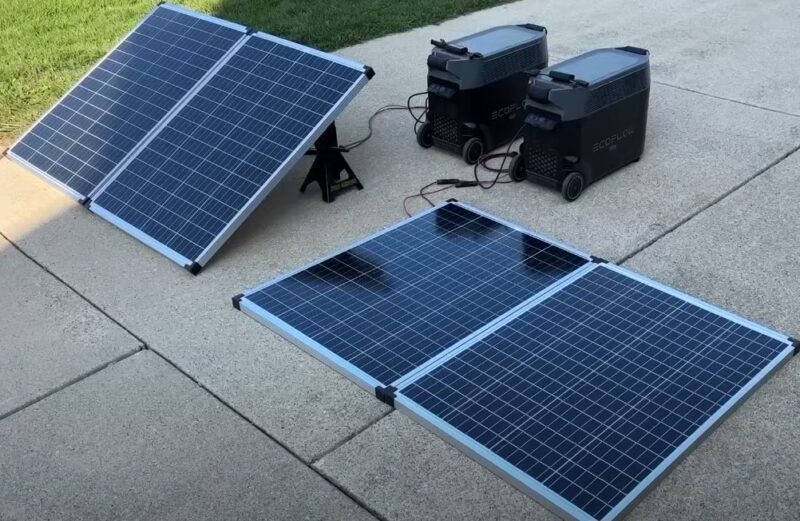
The direction your solar panels face and their tilt angle can significantly influence their energy production. In the Northern Hemisphere, south-facing panels tend to get the most sunlight throughout the day. However, east or west-facing panels can also be effective, especially if you want to capture morning or evening sun.
The tilt angle is equally crucial. It determines how directly sunlight hits your panels. An optimal tilt angle can vary based on your location and the season. For instance, a steeper angle might be better during winter, while a flatter angle could be more effective in summer. There are online tools and calculators that can help you determine the best orientation and tilt for your specific location.
Solar Panel Degradation
All good things, unfortunately, come with a shelf life, and solar panels are no exception. Over time, solar panels degrade, which means their efficiency in converting sunlight into electricity diminishes. This degradation is a natural process, and while the panels will still function, they won’t be as effective as they were when brand new.
On average, solar panels degrade at a rate of about 0.5% to 1% per year. This might not sound like much, but over a decade or two, it can add up. For instance, after 20 years, a panel might only be operating at around 80-90% of its original capacity.
Why does this happen? There are several reasons, including exposure to the elements, temperature fluctuations, and general wear and tear. UV radiation, in particular, can affect the materials in the panels, leading to reduced efficiency.
| Years Since Installation | Estimated Efficiency (Based on 1% Degradation) |
| 0 (Brand New) | 100% |
| 10 | 90% |
| 20 | 80% |
| 30 | 70% |
Using a Solar Panel Calculator
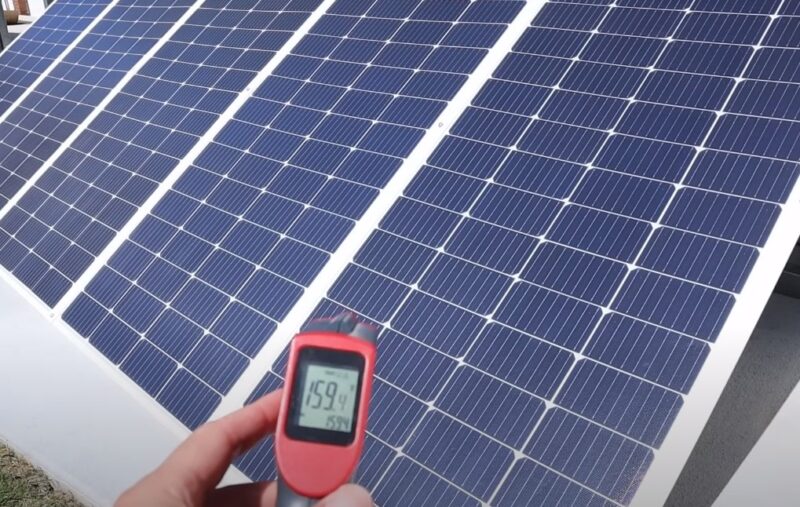
With all the factors to consider, estimating the number of solar panels you need might seem daunting. Thankfully, there are online tools and calculators designed to make this task easier. These tools take into account various parameters like your location, energy needs, and the type of solar panels you’re considering.
Using a solar panel calculator is typically straightforward. You’ll input details like your monthly electricity bill, the direction your roof faces, and any shading issues. The calculator then provides an estimate of the number of panels you’d need to meet your energy goals.
However, while these tools are handy, they offer general estimates. For a more tailored assessment, it’s always best to consult with a solar professional.
Budget Considerations
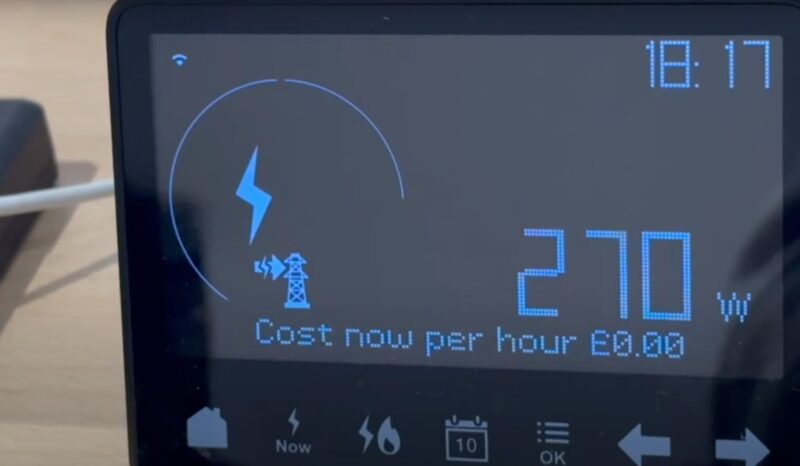
Investing in solar panels is a significant financial decision. While the long-term benefits in terms of energy savings and environmental impact are clear, the initial costs can be substantial. It’s essential to factor in not just the price of the panels but also installation costs, potential maintenance, and any additional equipment you might need.
On the brighter side, many regions offer financial incentives, tax credits, or rebates to promote solar energy adoption. These can significantly offset the initial costs and make solar energy more affordable. Before making a purchase, it’s a good idea to research available incentives in your area and factor them into your budget.
| Expense Category | Description |
| Solar Panels | The cost of the panels themselves |
| Installation | Labor and setup costs |
| Additional Equipment | Inverters, mounting systems, etc. |
| Maintenance | Potential future costs for repairs or replacements |
| Incentives & Rebates | Deductions or refunds available from government or local utility companies |
Consulting with a Solar Professional
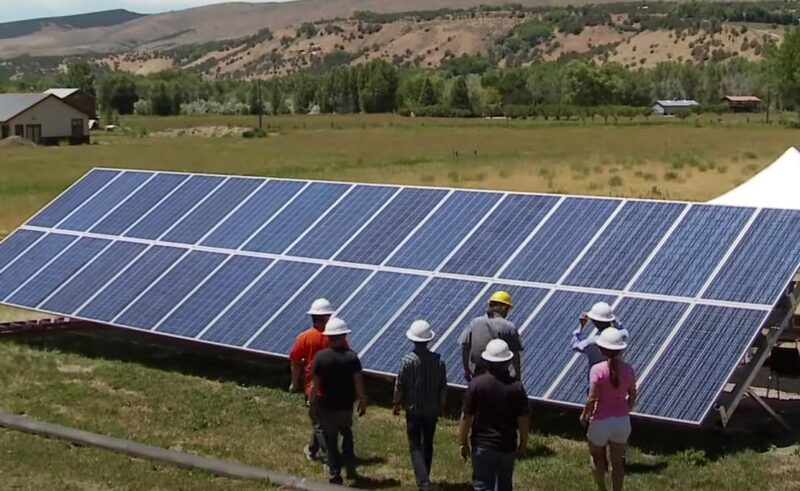
While you can gather a lot of information and make preliminary decisions on your own, there’s no substitute for the expertise of a solar professional. These experts come equipped with a wealth of knowledge, licenses, certifications, and practical experience in the field. They can provide invaluable insights tailored to your specific situation.
A good energy consultant will have a successful track record, backed by evidence of their past projects and satisfied customers. They’ll be transparent about their services, and costs, and will be eager to answer any questions you might have. Moreover, they bring a diverse skill set to the table, often working with specialized teams that can offer multiple perspectives on your energy needs.
One of the significant advantages of consulting with a professional is the customization they offer. Every home or business has unique energy needs, and there’s no one-size-fits-all solution. A seasoned consultant will work closely with you to develop a plan tailored to your specific requirements, ensuring optimal energy production and savings.
| Quality | Description |
| Licenses and Certification | Demonstrates that they meet the necessary standards set by the state or industry. |
| Successful History | Evidence of past projects and positive outcomes. |
| Transparency | Openness about operations, costs, and services. |
| Diverse Skill Set and Team | Ensures a comprehensive approach to your energy needs. |
| Customized Services | Tailored plans to address specific energy requirements and challenges. |
Conclusion
In our journey to harness the power of the sun, understanding the intricacies of solar energy is paramount. From gauging our energy needs to factoring in solar panel degradation, every detail plays a crucial role in ensuring we get the most out of our solar installations.
By taking proactive steps, like using online calculators and consulting with professionals, we can make informed decisions that not only benefit our wallets but also contribute to a greener planet. Remember, while the initial steps might seem complex, the long-term rewards of solar energy are immense.
So, gear up, plan wisely, and take a step towards a sustainable future!
